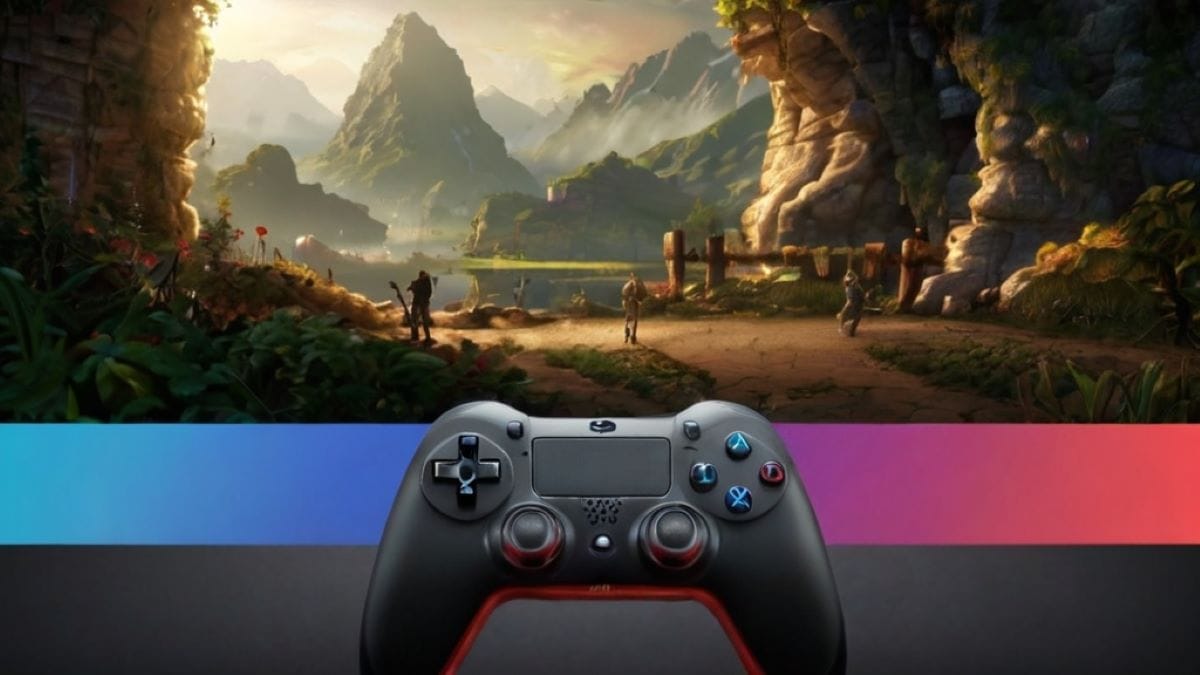The world of stock market investing is a thrilling and unpredictable realm, where savvy investors can reap substantial rewards or suffer devastating losses. Amidst the sea of publicly traded companies, one name has been making waves in recent years: GameStop Corp., or GME. As the largest video game retailer in the world, GME has navigated the tumultuous waters of the gaming industry, and its stock performance has been a subject of intense interest among investors.
As we embark on the financial year 2024-25, this blog post will delve into the intricacies of GME’s stock, providing a comprehensive analysis of its company fundamentals, financials, and investment strategies.

Introduction:
GameStop Corp. or GME, a stalwart in gaming, entertainment, and consumer electronics retail, has established itself as a cornerstone of the gaming community since its inception in 1984. Originally known as Babbage’s before a rebranding in 1999, GameStop commands a market capitalization of $8.137 billion and operates a vast network of 4816 stores across North America, Australia, and Europe.
Product Portfolio and Reach:
GameStop’s product offerings encompass a wide array of gaming-related items, from new and pre-owned consoles to accessories like VR headsets, memory cards, and joysticks.
The company also provides pre-owned video game software, digital currency, downloadable content, consumer electronics, and more, solidifying its position as a one-stop destination for gaming enthusiasts. With brands like Micromania, GameStop, and EB Games, as well as e-commerce platforms like Zing Pop Culture and ThinkGeek, GameStop caters to a diverse audience of gamers and collectors.
Financial Performance in Q3 2021:
In Q3 2021, GameStop demonstrated resilience amid challenging market conditions. Despite facing supply chain disruptions, the company made significant investments in inventory, resulting in a 32.52% increase to $1.141 billion.
However, GameStop also experienced a sharp 460.64% year-over-year increase in net loss, totaling $105.4 million, compared to $18.8 million in Q3 2020. This highlights the volatility inherent in the retail sector.
Strategic Initiatives and Partnerships:
Under the leadership of CEO Ryan Cohen Matthew Furlong, GameStop has prioritized expanding brand relationships with industry giants such as LG, Samsung, and Vizio. This strategic focus contributed to a 29% year-over-year increase in net sales, reaching $1.297 billion in Q3 2021.
However, despite revenue growth, the company’s bottom line suffered, with a loss per share of $1.39 compared to 29 cents per share a year ago.
Annual Report Overview (2023):
In its Annual Report for 2023, GameStop revealed a mixed financial performance. While net sales decreased to $5.273 billion from $5.927 billion in fiscal year 2022, SG&A expenses saw a reduction to 25.1% of net sales compared to 28.4% in the previous fiscal year.
The most notable turnaround was in net income, shifting from a loss of $313.1 million in fiscal year 2022 to a modest profit of $6.7 million in fiscal year 2023. Additionally, adjusted EBITDA improved significantly from ($192.7) million to $64.7 million year-over-year.
Current Market Status:
Presently, GameStop Corp. boasts a market capitalization of $5.32 billion, with a PE ratio of 797.91 and shares trading at $30.45. Despite recent challenges, GameStop remains a resilient force in the gaming retail landscape, adapting to market shifts and maintaining its position as a premier destination for gamers worldwide.
To know more about the stock market, please read
Conclusion:
As the gaming industry continues to evolve, GameStop’s ability to innovate and navigate challenges will be pivotal to its future success. With a rich history, a diverse product portfolio, and a commitment to meeting the needs of gamers, GameStop is well-positioned to thrive in an ever-changing market.


Leave a Reply